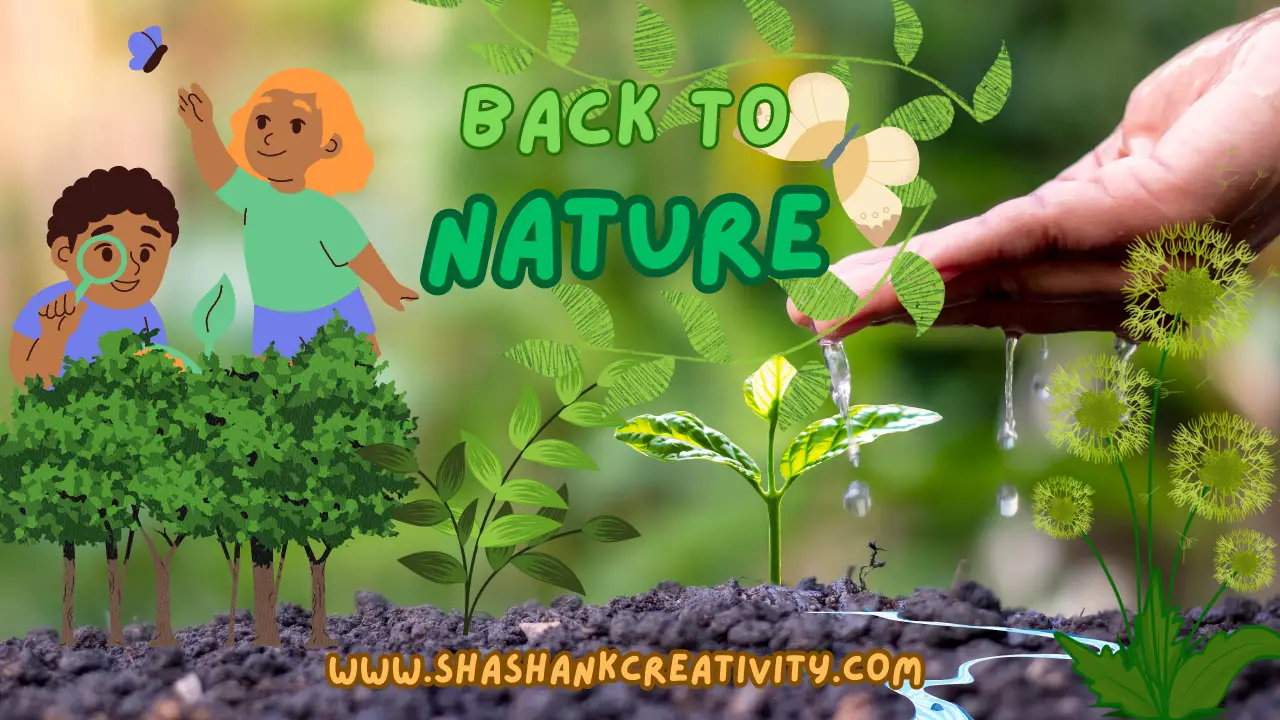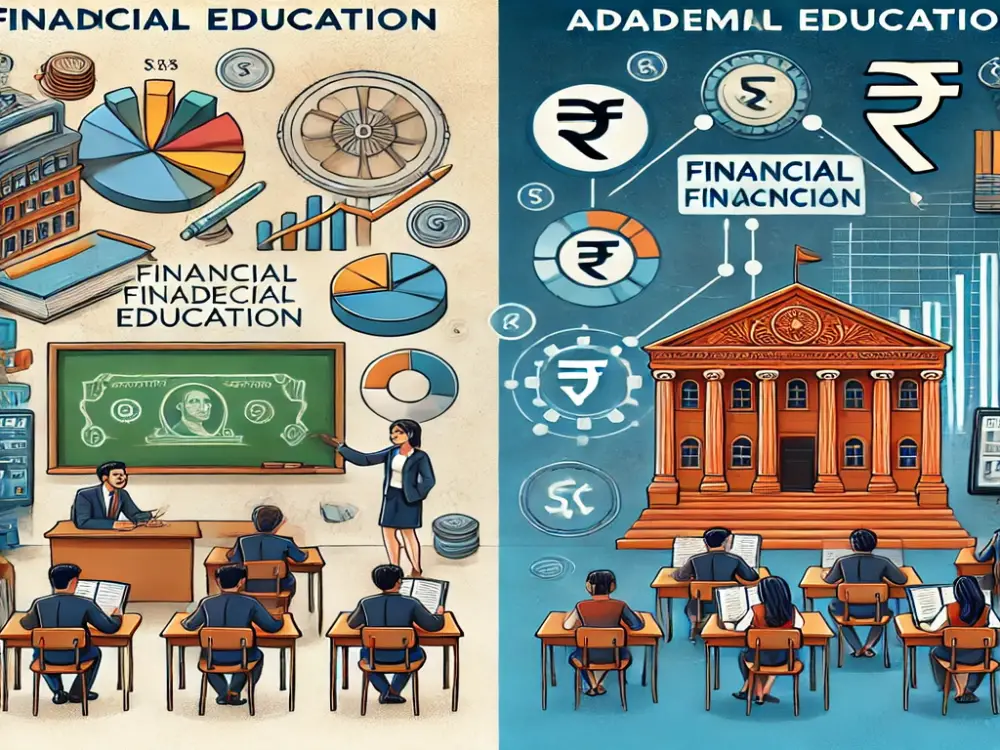Silent Skies: The Decline of Bird Populations Due to Human Activity

Silent Skies: The Decline of Bird Populations Due to Human Activity
Birds are among the most diverse and beautiful creatures on Earth. They play vital roles in ecosystems, such as pollinating plants, dispersing seeds, controlling pests, and scavenging carcasses. They also provide many benefits to humans, such as food, feathers, recreation, and inspiration. However, birds are facing unprecedented threats from human activities, such as habitat loss, climate change, pollution, hunting, and invasive species. These threats have caused many bird populations to decline rapidly and some species to go extinct.
According to a recent study by the Cornell Lab of Ornithology and partners, the North American bird population has declined by nearly 3 billion birds since 1970, a loss of 29% of the total. This means that one in four birds has disappeared from the continent in the past 50 years. The study also found that the losses were widespread across all bird groups and habitats, with some of the most common and familiar birds suffering the most. For example, sparrows, warblers, blackbirds, and finches have lost more than 50% of their populations. Grassland birds have declined by 53%, while shorebirds have declined by 37%. Even birds of prey, which have recovered from the effects of DDT in the 1970s, have declined by 18%.
The main driver of this decline is habitat loss and degradation due to agriculture, urbanization, logging, mining, and energy development. These activities reduce the availability and quality of food, water, shelter, and nesting sites for birds. They also fragment and isolate bird populations, making them more vulnerable to predation, disease, and genetic drift. Climate change is another major threat to birds, as it alters the timing and availability of resources, such as insects and plants. It also shifts the ranges and distributions of birds and their habitats, creating mismatches between them. For instance, some birds may arrive too early or too late for their breeding season or miss their food sources. Some birds may not be able to adapt or move fast enough to keep up with the changing conditions.
Other threats to birds include pollution from pesticides, plastics, oil spills, and light and noise. These pollutants can affect the health and behavior of birds directly or indirectly. For example, pesticides can kill or weaken birds or reduce their food supply. Plastics can entangle or choke birds or fill their stomachs with indigestible material. Oil spills can coat the feathers of birds and impair their ability to fly, swim, or regulate their body temperature. Light and noise can disrupt the natural rhythms and communication of birds.
Hunting and poaching are also significant threats to some bird species, especially those that are rare or valuable. Some birds are hunted for food, feathers, medicine, or sport. Some are poached for the illegal wildlife trade as pets or ornaments. These activities can reduce the population size and genetic diversity of birds and increase their risk of extinction.
Invasive species are another threat to birds that are introduced by humans intentionally or accidentally. Some invasive species compete with native birds for food or habitat. Some prey on native birds or their eggs or young. Some transmit diseases or parasites to native birds. Some hybridize with native birds and dilute their gene pool.
The decline of bird populations has serious consequences for both nature and humans. Birds are essential components of ecosystems and biodiversity. They help maintain the balance and functioning of nature by providing various ecological services. They also contribute to the aesthetic and cultural value of nature by their beauty and song. The loss of birds means the loss of these benefits and values.
Moreover, the decline of bird populations indicates the deterioration of environmental health and quality. Birds are sensitive indicators of environmental changes and problems. They reflect the state and trends of habitats and ecosystems. They signal the presence and effects of pollutants and contaminants. The loss of birds means the loss of these indicators and signals.
Therefore, it is imperative to take action to conserve bird populations and their habitats. There are many ways that individuals, organizations, governments, and businesses can help protect birds from human threats. Some examples are:
- Creating or restoring bird-friendly habitats in urban areas
- Planting native trees
- Shrubs
- Flowers that provide food
- Shelter
- Nesting sites for birds
- Reducing pesticide use
- Recycling plastics
- Participating in citizen science projects
- Such as bird counts
- Surveys
- Monitoring
- Supporting conservation organizations
- Such as Audubon Society
- BirdLife International
- World Wildlife Fund
- Advocating for policies
- Laws
- Regulations that protect birds
- Their habitats from harmful activities
- Educating others about the importance
- Value
- Threats of birds
By taking these actions we can help reverse the decline of bird populations and ensure a brighter future for them and ourselves.




